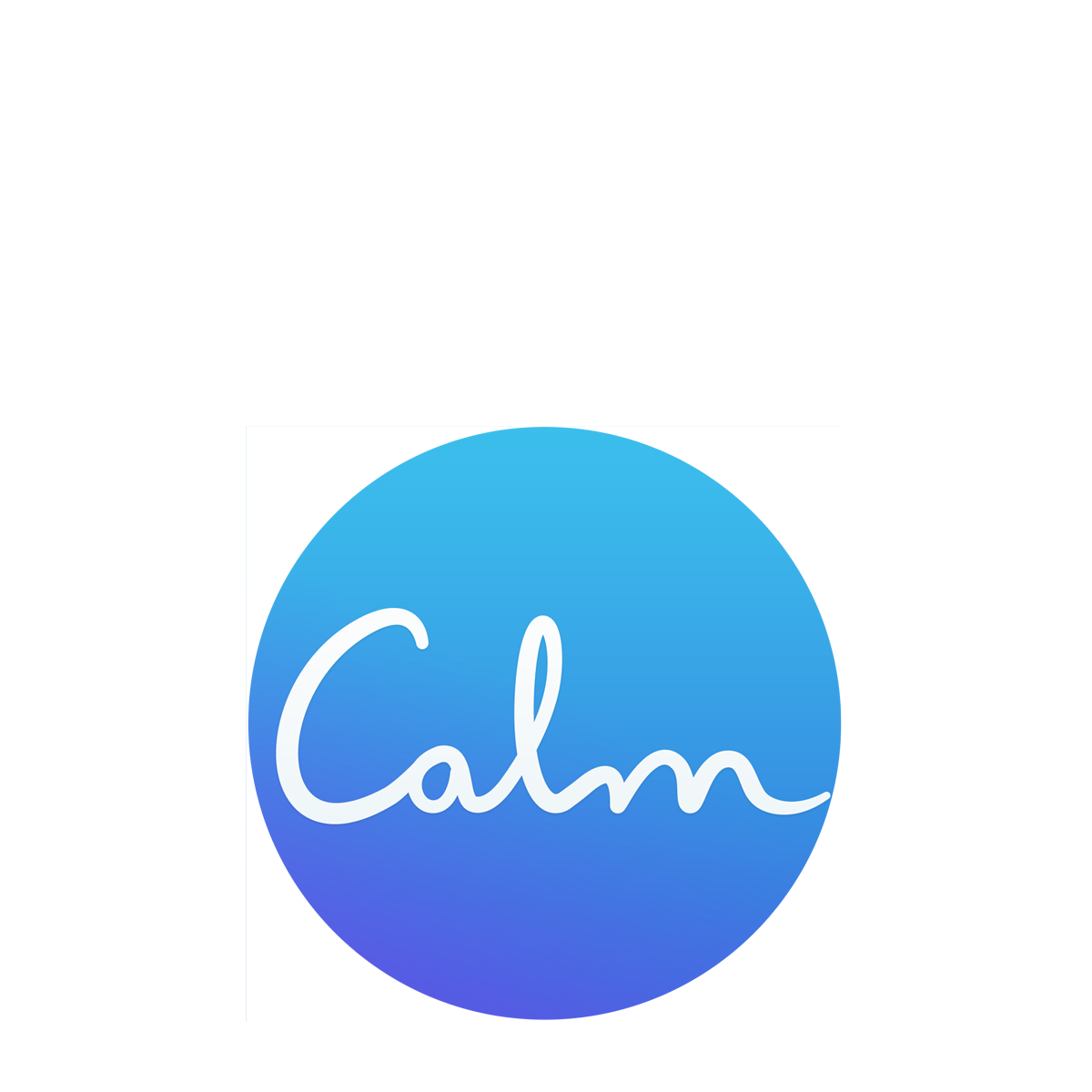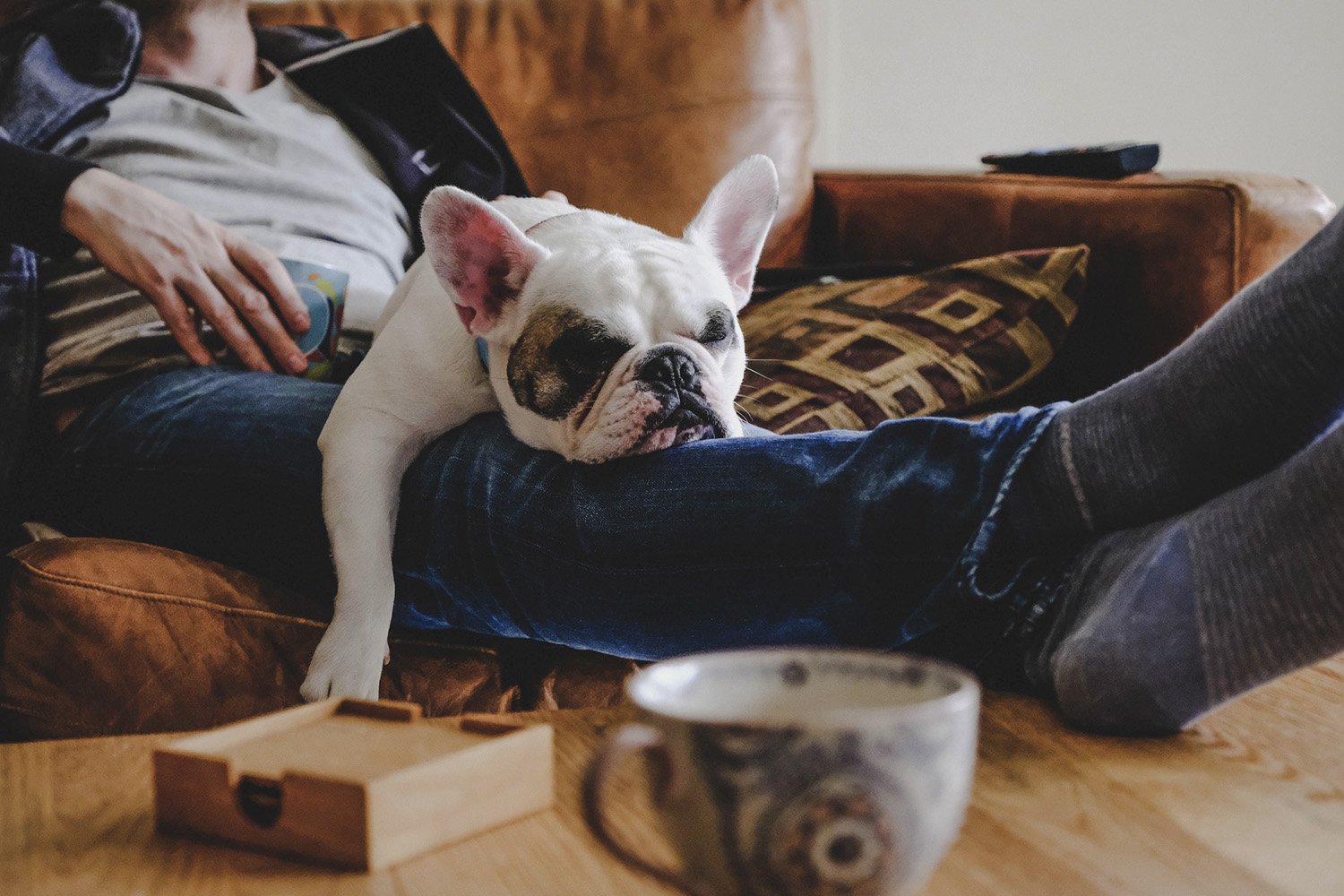Coffee naps: science, benefits and how to take one
Learn what a coffee nap is and what science says about the energy-boosting benefits of drinking coffee before a nap. Plus, how (and how long) to take a nappuccino.
Most of us probably notice that our energy often nosedives as the day rolls on. During these drowsy afternoon moments, some of us reach for a cup of coffee, while others might prefer to take a short nap to give them a boost.
Well now there’s a way to combine both and enjoy double the benefits. A coffee nap is a unique method that combines the perks of caffeine with the refreshing power of a nap. You’re welcome.
What is a caffeine nap?
A caffeine nap or, as it's more commonly known, a coffee nap, combines the best of two worlds, bringing together the rejuvenating effects of sleep and the kick of caffeine. But what exactly is a coffee nap?
It's pretty simple! You drink a cup of coffee and then immediately take a short nap. It can be an effective strategy to beat the sluggishness we often feel during the day.
The science behind coffee naps — and how they can help you overcome sleepiness
The idea of pairing a quick nap with a cup of coffee might seem unconventional, but science appears to support the theory.
A short nap may help clear out adenosine, reducing sleepiness. While caffeine is believed to compete with adenosine, taking its place and blocking it from making you feel sleepy. The result? You wake up feeling more energized and less sluggish.
The benefits of coffee naps
Coffee naps boosts energy
Coffee naps are your ally against the dreaded afternoon slump, providing a quick energy recharge. As you wake up from your short nap, the caffeine should start to kick in, enhancing the refreshing effects of your sleep.
A coffee nap may enhance alertness and improve cognitive performance
The combination of a nap and caffeine might sharpen your alertness, leading to better performance. Studies show people make fewer errors in attention-demanding tasks after a coffee nap.
Coffee naps could help elevate your mood
A short nap can alleviate fatigue and irritability, helping lift your mood. Meanwhile caffeine may boost dopamine production, which is associated with feelings of happiness.
A coffee nap might increase memory retention
Sleep, even a brief nap, can aid in shifting information from short-term to long-term memory, and caffeine may further enhance memory retention.
💙 Learn more about coffee naps, and other tricks for getting Better Sleep with Dr. Michael Breus.
How long should a coffee nap be?
20 minutes is the sweet spot for a nappuccino. That’s because it takes around 20 minutes for caffeine to really get to work in the body. Too short a nap and you’re likely to wake up feeling groggy.
Too long, and you won’t be taking advantage of the energy boost when the caffeine hits your system. This isn’t an exact science though, so aim for between 15–30 minutes or set a timer for 20 minutes.
When to take a coffee nap?
Coffee naps are a handy resource when used wisely. They can be the bridge between your morning and evening, ensuring you remain productive and alert. There are times when you can safely experiment with coffee naps and others when it might be best to skip them. So, analyze your day, evaluate your energy levels, and decide if a coffee nap is the quick fix you need.
For some people, drinking caffeine too late in the day can interrupt your sleep schedule potentially putting you into a cycle of fatigue where you may become more reliant on caffeine to get through your day.
During the afternoon slump
If you ever experience a dip in energy during the early to mid-afternoon, it might be a good time to try a coffee nap. If you’re worried about too much caffeine, consider drinking a half decaf coffee instead of a fully caffeinated one.
When you’re preparing for a late night
If you know you'll be up later than usual, a coffee nap can help. Whenever you know your sleep schedule will be disrupted, this trick can help keep sleepiness at bay and also keep your mind sharp.
Before a long drive
Taking a lengthy drive? A coffee nap before you set off could help you improve your alertness and decrease the risks associated with drowsy driving.
Avoid a coffee nap before bedtime
If it’s a few hours before bed, skip the coffee nap. Caffeine close to bedtime can interfere with your ability to fall and stay asleep. Instead try hydrating and leaning into your wind down routine so you can fall asleep comfortably and stay asleep.
💙 In the evening, try to Unwind with Gratitude before you prepare for bed. This can help your body prepare for a good night’s rest.
How to take a coffee nap or nappuccino in 6 steps
Every aspect of a coffee nap, from the amount of caffeine to the length of the nap, is about creating a balance. It’s about harnessing the power of both sleep and caffeine to get through the rest of your day with a clear mind and steady energy.
Ready to give coffee naps a try? Follow these simple steps to get the most out of your coffee nap experience.
1. Prepare your nap space
Choose a quiet and comfortable spot where you won’t be disturbed. Make sure the lighting is dim to create a relaxing environment ready for a short nap.
💙 You might even consider using some ambient noise like white noise to help mask any disruptive sounds around your home. Or try Green Noise (with River) for a deeper sound.
2. Drink your sleep coffee of choice
While black coffee is a popular choice (hence the name “coffee nap”), any caffeinated beverage will do. Drink it quickly so the caffeine doesn’t start to kick in before you get to sleep. If it’s hot be sure you don’t burn your tongue. An iced coffee or iced tea can work if you drink cold drinks faster than hot ones.
3. Set an alarm for 20 minutes
Set an alarm for 20 minutes to ensure your nap is short. Keeping your nap duration below 30 minutes can help avoid grogginess from sleep inertia, and ensures you wake up as the caffeine takes effect.
4. Close your eyes and rest
Lie down, relax, and shut your eyes. If nodding off can be challenging, try meditation and music for sleep. Even if sleep doesn’t come immediately, resting can be refreshing.
💙 You can also try one of our Nap Sleep Stories to help you drift off peacefully and wake up alert at the right time.
5. Wake up when the alarm sounds (hopefully refreshed)
When the alarm sounds, get up right away — prolonging the nap could lead to grogginess. The goal is to rise and shine as the caffeine begins to kick in. It’s also important to be sure you’re not taking coffee naps too regularly.
If you find you’re extremely tired every afternoon, consider working on fixing your sleep schedule to decrease overall fatigue.
6. Rehydrate
After your coffee nap, drink a glass of water to help rehydrate your body and shake off any remnants of sleepiness. You might also consider going for a short walk, or engaging in some mindful movement to help you feel alert again.
💙 Join Mel Mah for some Mindful Movement to help you feel grounded and centered as you jump back into your day.
Coffee nap FAQs
Q: Do coffee naps really work?
Coffee naps do work, and there’s some science to back them up. When you drink a coffee and then take a short nap, you can experience a benefit.
Q: Why do 15-minute naps feel so good?
A 15–20 minute nap is often referred to as a power nap, and for a good reason. During this short period, you're only entering the lightest stages of sleep, which can make it easier to wake up feeling refreshed rather than groggy. It’s a sweet spot that gives your brain a chance to pause and rejuvenate without getting into a deep sleep, making it a quick and effective way to recharge during a busy day.
Q: Why do people with ADHD get tired from caffeine?
Caffeine affects different people in different ways. For some people with ADHD, caffeine can have a calming or tiring effect rather than a stimulating one. It’s believed that this occurs because of the way caffeine interacts with various neurotransmitter related to attention and focus. While the exact mechanism isn’t entirely clear, it's a reminder of how unique our bodies are in responding to substances like caffeine.
Q: Are caffeine naps a good way to get rest?
Caffeine naps can be an excellent tool for a quick recharge. Combining a short nap with caffeine can help alleviate tiredness and boost your alertness, making it a handy trick during a long day. However, it's important to remember that nothing replaces the benefits of a good night’s sleep. So, if you find yourself reaching for a coffee nap frequently, it might be worth changing your overall sleep routine to ensure you're getting the rest you need.
Calm your mind. Change your life.
Mental health is hard. Getting support doesn't have to be. The Calm app puts the tools to feel better in your back pocket, with personalized content to manage stress and anxiety, get better sleep, and feel more present in your life.











